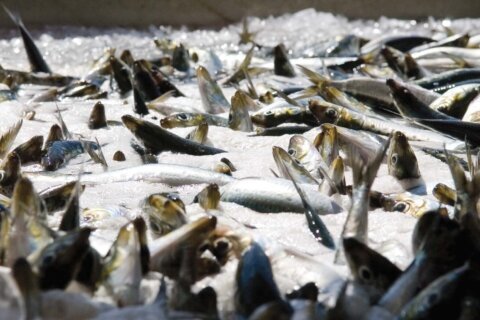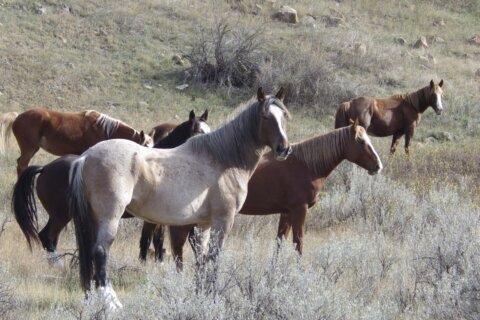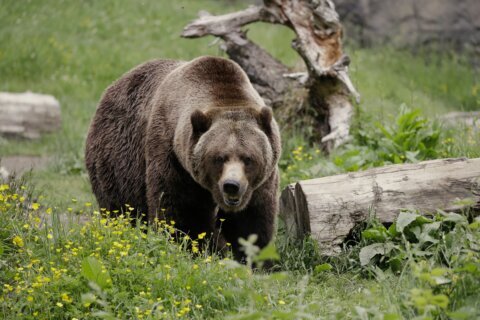OMAHA, Neb. (AP) — An environmental group said Tuesday that it plans to sue the U.S. government over a decision to reclassify a large scavenging beetle as threatened instead of endangered.
The Arizona-based Center for Biological Diversity said it will sue the U.S. Fish and Wildlife Services over its move last fall to list the American burying beetle as threatened. It had been considered an endangered species since 1989, and the location of its habitat in Plains states created issues for the Keystone XL oil pipeline and other oil and gas projects.
“Far from having recovered, this striking orange-and-black beetle is facing dire threats from climate change and habitat destruction,” said attorney Kristine Akland with the center. Akland said the rule change was a result of pressure from the oil and gas industry.
Federal officials have said that conservation efforts over the past three decades have helped the beetle’s population recover, and it can now be found in Arkansas, Kansas, Missouri, Nebraska, Oklahoma, Rhode Island, South Dakota and on Nantucket Island off the coast of Massachusetts. At the time the beetle was termed endangered, it was found only in small populations in eastern Oklahoma and Block Island off the coast of Rhode Island.
Fish and Wildlife Services spokeswoman Lesli Gray said the agency “used the best available science in its decision to downlist the American burying beetle.” She declined to comment about the threatened lawsuit because officials haven’t had a chance to review it.
The agency has acknowledged that the beetle continues to face threats from climate change and land use changes, but officials have said the beetle no longer meets the definition of endangered.
Over the years, the oil and gas industry has borne significant costs to protect the beetle and other endangered species. The large, black, nocturnal beetle has hardened protective wing covers marked by two scalloped shaped orange patterns. The beetles are scavengers that eat decaying animals. They lay their eggs beside a small carcass that they bury, then feed their larvae from that carcass.
Mallori Miller with the Independent Petroleum Association of America trade group said she is confident the new threatened listing for the beetle will be upheld.
“The beetle’s listing was rooted in faulty assumptions about the species’ range, distribution, and abundance,” Miller said.
The presence of the beetle in Nebraska’s Sandhills region — along with landowner concerns — prompted TC Energy to reroute its Keystone XL pipeline through part of the state. And last year, questions about the potential impact on endangered species, including the beetle and a fish called the pallid sturgeon, led a federal judge to cancel a key permit that would have allowed the pipeline to cross hundreds of rivers and streams along the route.
Construction of the Keystone XL pipeline is underway along parts of its 1,200 mile (1,930-kilometer) route from Canada to Nebraska while officials reevaluate the impact of its water crossings. The Fish and Wildlife Services said last week that Keystone XL wouldn’t have a significant impact on the beetle’s population, so the project received a permit to move forward with work where the beetle lives in Nebraska and South Dakota.
TC Energy spokeswoman Robynn Tysver said the company is “committed to taking detailed steps throughout the construction and operation of the pipeline to minimize and mitigate any impact on the American burying beetle.”
Copyright © 2024 The Associated Press. All rights reserved. This material may not be published, broadcast, written or redistributed.







